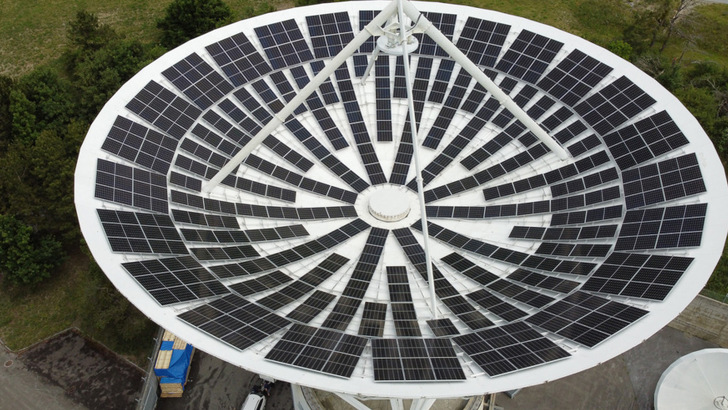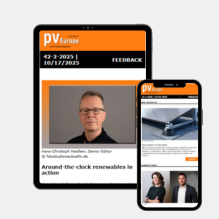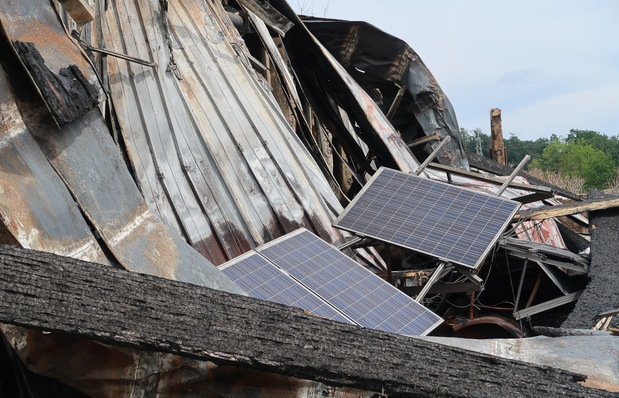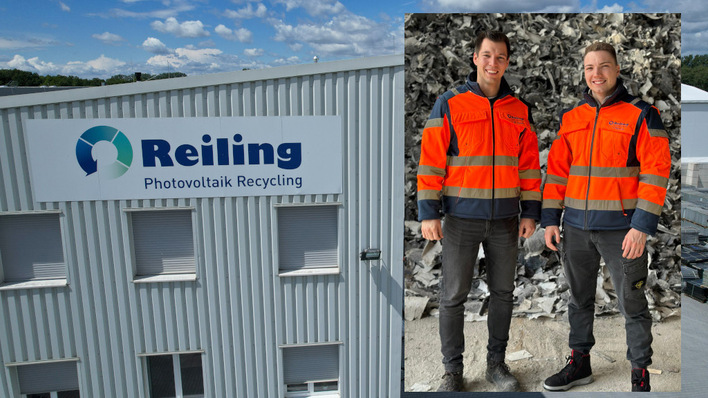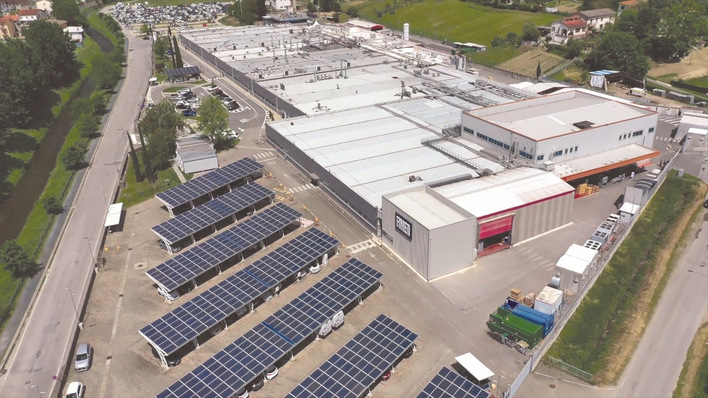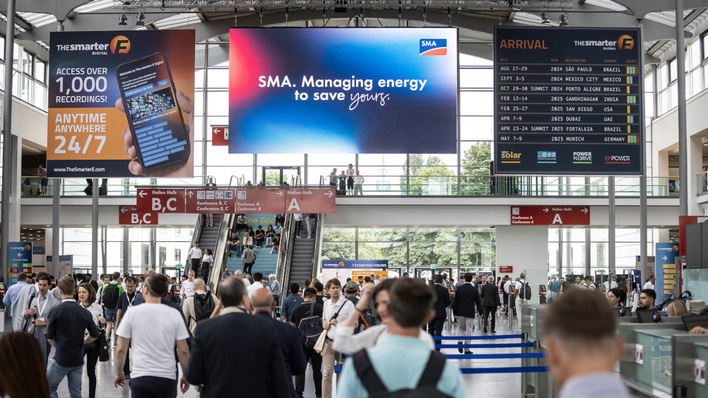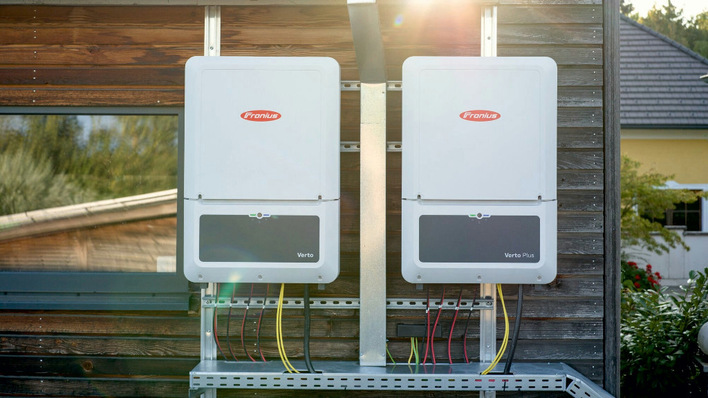CKW, a Swiss provider of integrated energy and building technology solutions, has transformed unused satellite dishes on the premises of Leuk TDC, a Swiss telecom service provider, into advanced solar installations. Developed in collaboration with SolarEdge, the project highlights the potential of repurposing existing infrastructure for renewable energy.
Power supply complemented by rooftop solar system and hydropower
Located in the town of Leuk, Switzerland, Leuk TDC initiated the idea of using old satellite dishes on its premises – originally constructed in 1972 – as the foundation for a new solar plant to offset the energy needs of its power-hungry data centre. Recently installed, the plant comprises two satellite dishes, each fitted with 307 solar panels and generating around 110,000 kWh of clean energy per year.
AC/DC – not just a Rock ‘n’ Roll band
The company has also installed a rooftop solar system on the main building of its computing and data centre, generating an additional 555,000 kWh of solar power annually. Alongside solar, the data centre is also powered by energy from hydroelectric plants, meaning its entire energy demand is met with 100% renewable sources.
DC-optimised inverter solution with power optimisers
Given the complex orientation and inclination of the solar panels on the satellite dishes, shadows and uneven angles threatened to reduce the system’s efficiency. With traditional string inverters, overall performance is limited by the weakest panel in the string, meaning a single shaded panel could significantly lower energy yield.
SolarEdge to expand its products for installers and EPC
As a result, SolarEdge’s DC-optimised inverter solution was used, with Power Optimizers attached to the underside of each pair of solar panels. This allows the system to mitigate the effects of module mismatch on the satellite dishes, maximising energy production for Leuk TDC and ensuring the project’s financial viability.
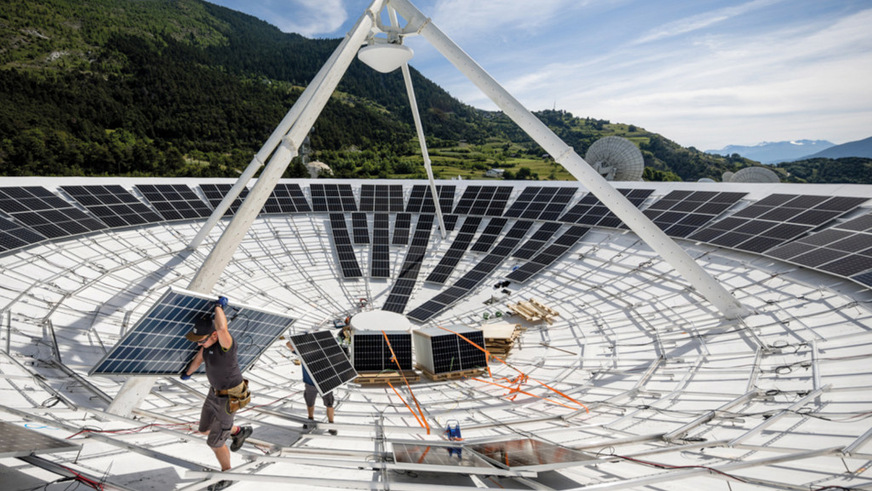
SolarEdge
Manuel Jossi, Deputy Head of Solar Technology for Central Switzerland at CKW, the installer of the solar plant, comments: “Having design flexibility with a solar installation is a huge benefit for installers. In complex cases such as these with uneven surfaces, without the use of Power Optimizers we simply would not have been able to achieve anywhere close to the level of energy being produced today. I recommend that others planning similar solar installations allocate sufficient time for planning and collaborate with trusted personnel to overcome any technical challenges.”
Following the sun's path throughout the day
The move to solar underpins Leuk TDC’s commitment to sustainability, having already relied on hydropower to run the core of its operations for several years. As the data centre’s energy demand continues to grow year on year, the company plans to keep leveraging solar energy and hydropower to meet 100% of its energy needs.
Vienna’s DOCKS combines solar with sound insulation
This not only supports Leuk TDC’s environmental goals but also offers the company greater financial stability by reducing its dependency on fluctuating grid electricity costs. The company hopes the success of the satellite dish project will serve as an inspiring model for future infrastructure innovations in renewable energy.
Stay informed – subscribe to our free newsletters
John Harris, CEO at Leuk TDC, concludes: “The need for the satellite dishes were becoming obsolete, so we always knew we wanted to make use of them in some way or another. The design of the dishes, which allows them to be aligned both horizontally and vertically, proved ideal for a solar panel installation. By following the sun's path throughout the day, these dishes optimise solar radiation absorption. Having installed them we get considerably more hours of electricity than conventional string system, and Power Optimizers enhance electricity production further.” (hcn)


